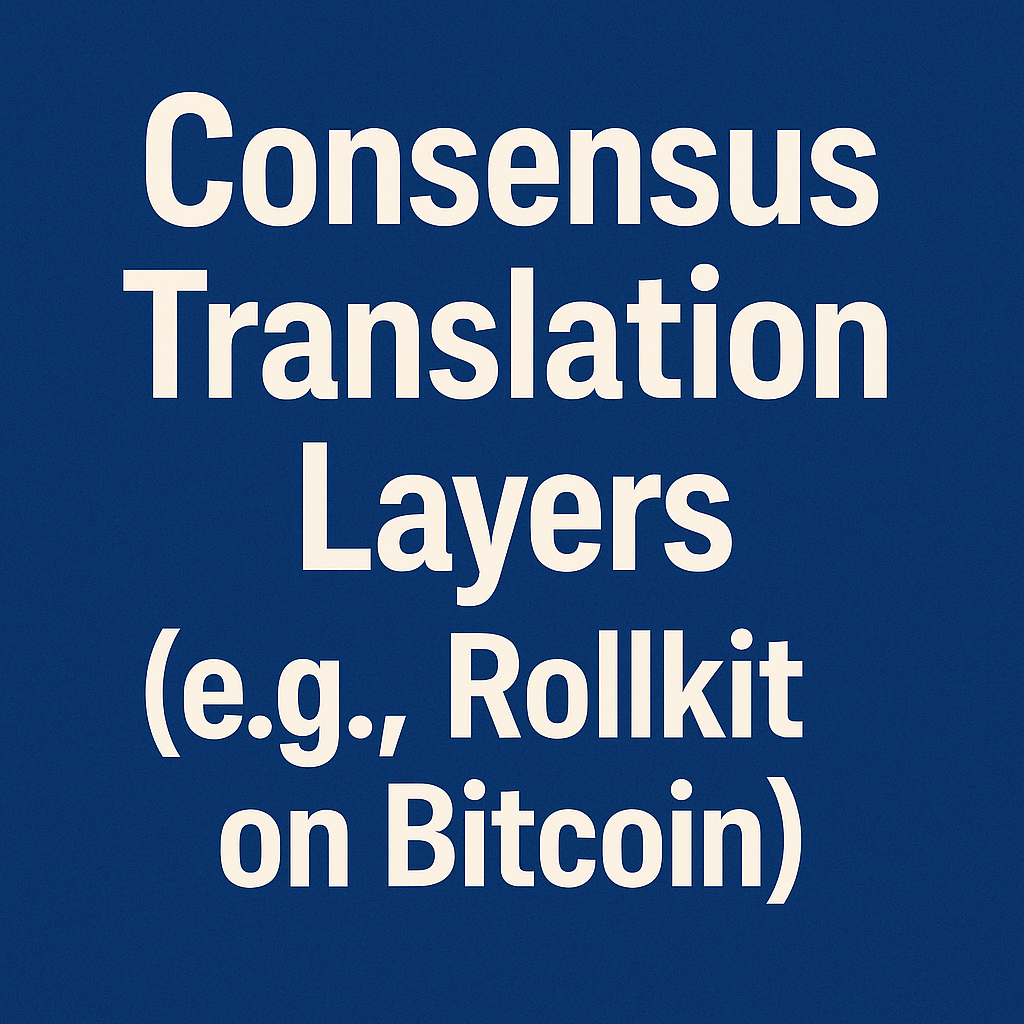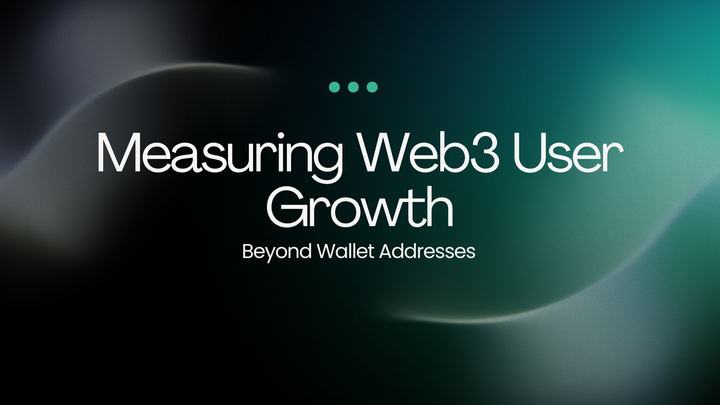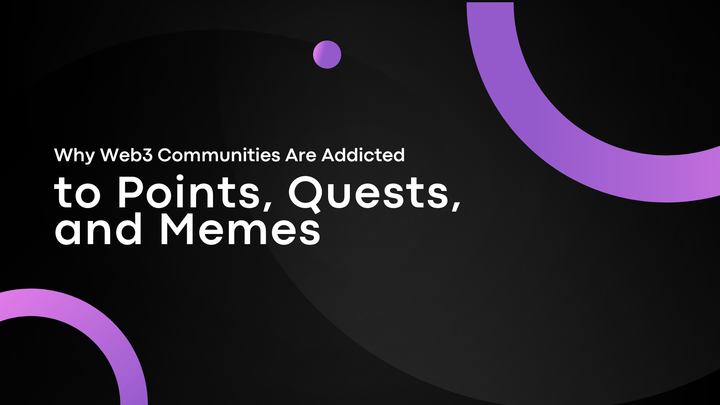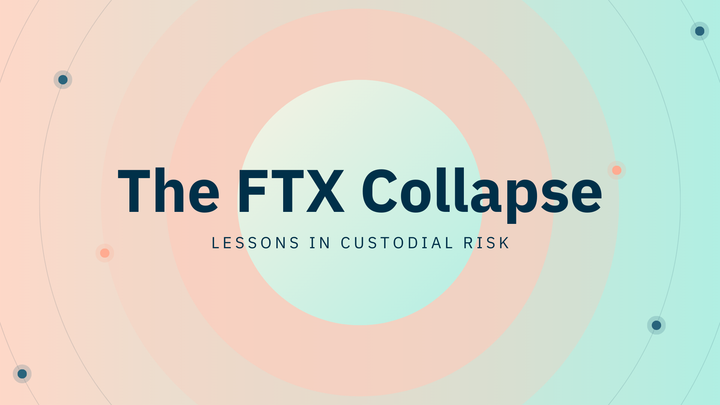Consensus Translation Layers (CTLs)

Before we talk about Consensus Translation Layers, let’s understand the word "consensus" in blockchain.
In simple terms, consensus is how blockchain nodes agree on what happened—like who sent how much money to whom. Bitcoin uses a method called Proof of Work to reach this agreement.
Every blockchain has its own way of doing this. Ethereum, Solana, and others use different types of consensus. That’s why they don’t naturally “talk” to each other.
What Are Consensus Translation Layers?
Consensus Translation Layers (CTLs) are special tools or frameworks that connect different types of blockchains, even if they use different consensus systems.
Think of CTLs like:
A translator that helps two people who speak different languages understand each other.
So, if a blockchain app wants to use Bitcoin's strong security but Ethereum's smart contracts, a CTL helps bridge the gap.
Example: Rollkit on Bitcoin
One of the best examples of a Consensus Translation Layer is Rollkit.
Rollkit lets developers build modular blockchains (especially rollups) that use Bitcoin as the “data layer” or base layer.
Even though Bitcoin wasn’t made to support rollups or smart contracts, Rollkit makes it possible—without changing Bitcoin’s original code.
What Is Rollkit?
Rollkit is an open-source framework that allows people to build their own rollups. It separates the blockchain into parts:
- Execution Layer: where transactions are processed
- Consensus Layer: where the network agrees on the truth
- Data Availability Layer: where data is stored and made accessible
By using Bitcoin as the data layer, Rollkit lets new chains run on top of Bitcoin, using its security while still being flexible.
How Does Rollkit Work on Bitcoin?
- Rollup is built using Rollkit
Developers build a custom rollup with their own rules. - Rollup stores its data on Bitcoin
Rollkit publishes rollup data as Bitcoin transactions using something called Ordinals/inscriptions. - Bitcoin provides security
Since the data is stored on Bitcoin, it inherits Bitcoin’s high-level security and decentralization. - Rollkit translates between both
It connects the rollup's operations to the Bitcoin blockchain.
What Problem Does This Solve?
Blockchains have to make tradeoffs (this is called the blockchain trilemma):
- Security
- Scalability
- Decentralization
Bitcoin is very secure but not scalable or flexible. Rollups are scalable and flexible, but they usually depend on other chains like Ethereum. With Rollkit, developers get both: Bitcoin’s security and rollup flexibility.
Why Is This Important?
- Build dApps on Bitcoin: Rollkit opens the door for DeFi, NFTs, and more on Bitcoin.
- No Bitcoin Upgrade Needed: Developers don’t have to change Bitcoin itself.
- More Ecosystem Activity: More apps = more users = more value for Bitcoin.
Conclusion: A New Era for Bitcoin?
Consensus Translation Layers like Rollkit are powerful because they let developers build modern apps using old blockchains like Bitcoin—without waiting for slow upgrades or risky forks.
This could create a new wave of innovation on Bitcoin: smart contracts, games, DeFi, and more—all secured by the strongest blockchain in the world.
Consensus Translation Layers = New Possibilities Without Breaking the Old System



Comments ()